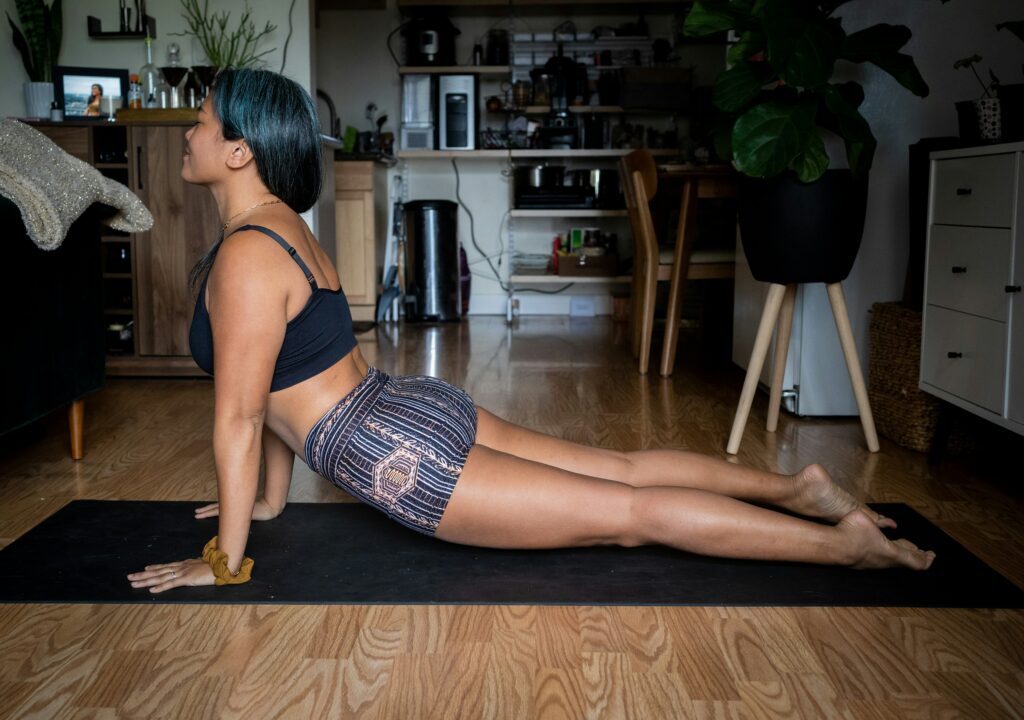Hidden Key to Injury Prevention: Pelvic Floor Exercise for Triathletes

It’s no secret that triathletes and other endurance athletes train hard and train often. Recreational ironman athletes can often reach 20+ hours per week for training. Marathon runners can consistently reach 60-70 mile weeks with ultrarunners possibly doubling that! There is one word that we all fear – injury. How can we continue to promote longevity in our sport and help ensure that we make it to the start line? The hidden key to injury prevention is a group of muscles that you’ve likely been neglecting – the pelvic floor muscles.
What Are The Pelvic Floor Muscles?
The pelvic floor muscles are a group of muscles that lie at the base of your pelvis and are responsible for bowel, bladder, and sexual function. Just like all other muscles, they fully lengthen and fully contract. These muscles are a part of your core and are essential for daily function. As we urinate or have a bowel movement, these muscles should lengthen. As we lift, run, or even stabilize ourselves to reach for something, these muscles should be contracting. If your pelvic floor muscles aren’t coordinating properly or strong enough, this could cause other muscles to compensate and increase your risk for injury. Can you understand why these muscles are the hidden key to injury prevention?
How To Bring More Awareness To Your Pelvic Floor
As I mentioned earlier, these muscles work through a range of motion. They are also coordinated with our breathing – specifically our diaphragm. As we take a deep, diaphragmatic breath (think of expanding your rib cage), our pelvic floor muscles lengthen. As we exhale, they contract. Most athletes I work with find it helpful to place their hands on their ribcage so they can breathe into their hands and feel the rib cage expanding.
The first step to a healthy pelvic floor is mastering this range of motion and being mindful of the way we are breathing throughout the day. Often as endurance athletes we are unknowingly performing a breathing pattern performed primarily with our chest. This is because it’s a more efficient way of getting oxygen. However, if we are breathing with that pattern throughout the day, we never get proper diaphragmatic excursion – this never allows our pelvic floor muscles to fully expand.
ADVERTISEMENT

What Are Kegels?
A kegel is a contraction of the pelvic floor muscles. You likely have heard this term before and believe it to be the only solution to all pelvic floor symptoms. That has some truth to it, but the reality is the pelvic floor is so much more complex than just doing kegels. Are the muscles firing properly? Is there a full range of motion? Are the muscles already overactive?
We need to be able to properly take these muscles through their range before we strengthen them. As I mentioned in the paragraph above, performing the diaphragmatic breathing and bringing more awareness to the muscles is the first step. If we are strengthening an already tight muscle, or a muscle that is not firing properly, we can make the symptoms worse. Think about trying to lift something heavy over your head, but your shoulder is so tight that it doesn’t reach all the way up.
Wouldn’t that make the lift more difficult?
If you had to do that repetitively, don’t you think that would make your shoulder feel worse?
In general, to keep up the flexibility in these muscles we want to emphasize the mobility in our hips and in our spine.
My Top 5 Exercises To Keep Your Back And Hips Flexible
Yoga is also very helpful for this.
- Cat/cow
- Pigeon stretch
- Cobra pose
- Child’s pose
- Happy baby
ADVERTISEMENT

Ready To Strengthen?
Again, kegels are a pelvic floor contraction and can increase your activation of these muscles if done properly. However, it is more beneficial to incorporate core and hip stability exercises in order to maximize strength. There have even been some studies that demonstrate certain exercises activate the pelvic floor muscles MORE than a simple kegel. The pelvic floor muscles are a part of the core, so we want everything to coordinate properly in order to manage the stress being placed on our bodies.
My Top 5 Exercises For Activation/Strengthening Of The Pelvic Floor Muscles
- Bird dog
- Side bridge/side plank
- Bridge with adductor ball squeeze
- Single leg Romanian deadlift
- Lateral band walks
Remember To Breathe!
If you can take anything away from me as a pelvic floor physical therapist and running coach, remember to breathe! A reminder that the hidden key to injury prevention lies in strengthening your pelvic floor muscles. Reminder: our pelvic floor muscles work with our breath so let’s capitalize on that. As we do the “hard part” of an exercise, let’s work on exhaling. As we exhale, we get the pelvic floor contraction, so by exhaling we’re helping our pelvic floor do the work to stabilize us. For example, when you squat you want to exhale as you stand up out of the squat because the hardest part of that movement is getting the weight up from the bottom.
If you’re experiencing pelvic floor symptoms with your training or even with every day activities, feel free to reach out to a pelvic floor therapist. We would be more than happy to help you navigate this process.
ADVERTISEMENT









